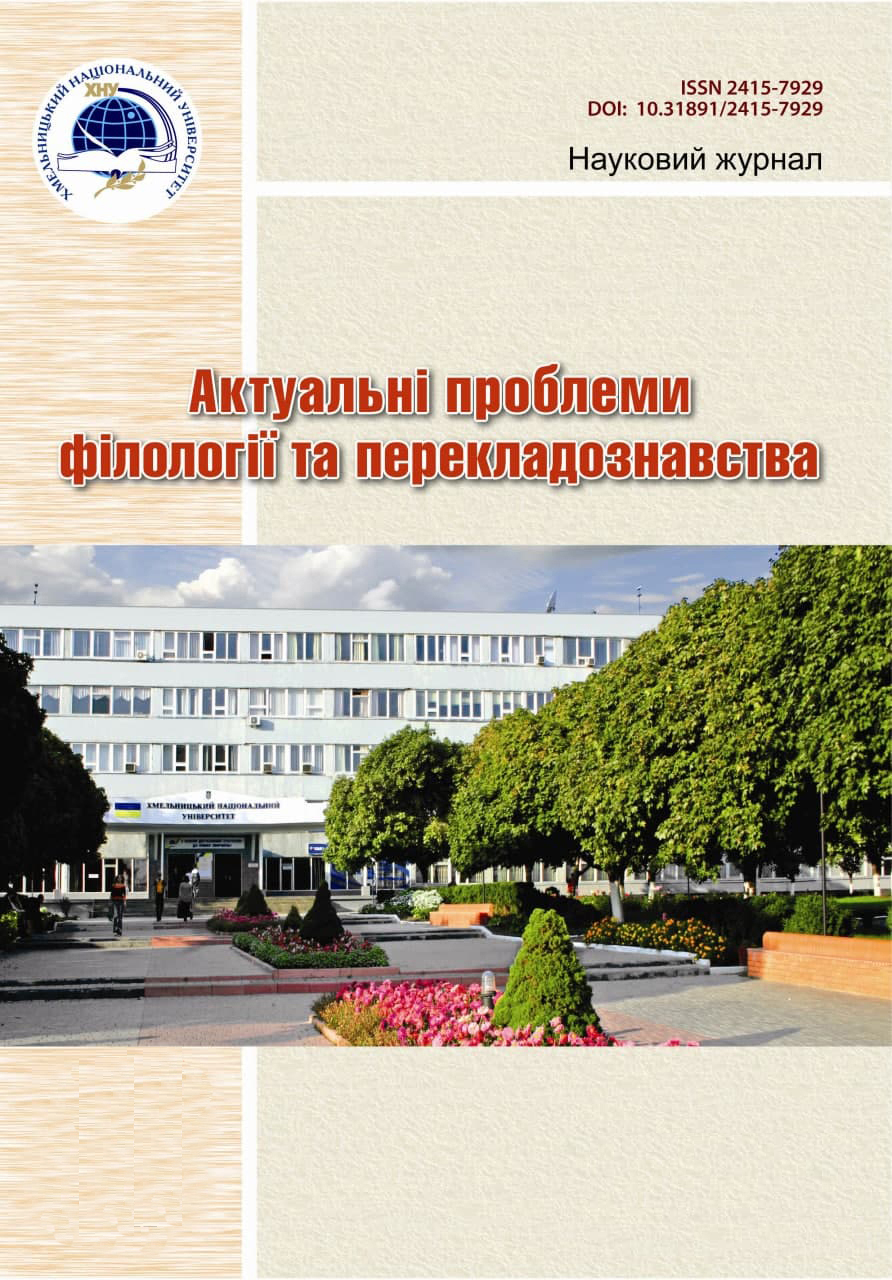MAIN DIFFICULTIES CONCERNING DEFINITIONS OF SPECIAL AND PROFESSIONAL VOCABULARY, TERMINOLOGY
DOI:
https://doi.org/10.31891/2415-7929-2023-28-1Keywords:
term, terminology, commonly used vocabulary, special vocabulary, professionalismsAbstract
The article examines the research of the main difficulties concerning definitions of special and professional vocabulary and terminology. After processing a significant array of both linguistic works and publications written by national art historians, establishing that when it comes to the vocabulary of a certain field or terminology, researchers are faced with both general theoretical and branch-specific definitional difficulties. In addition, the existing lists of criteria for differentiation of terminological and commonly used vocabulary lack theoretical justification and consistency. Significant influence on the terminological definitions is the fact that terminology has, along with descriptive aspects, also significant prescriptive (normative) components related to the development of both scientific theory and practice.
In conclusion, of a critical analysis of the quantitative parameters and criteria for the differentiation of terms, commonly used vocabulary, special vocabulary and professionalisms, the fact unraveled that most linguists do not distinguish the concepts of terminological and special vocabulary at all, considering them as synonyms. As for the distinction between terminological and commonly used vocabulary, it is based on a number of relevant features of the term, which, according to linguists, distinguish it from a non-term. However, scientists do not consider the fact that a term is a dynamic element that functions in a living language and is constantly subject to changes, and therefore, such criteria as: unambiguity, stability, and a special scope of application are not sufficient for the differentiation of terminological and national vocabulary.
Downloads
Published
Issue
Section
License
Copyright (c) 2025 Р. В. СТАЦЮК (Автор)

This work is licensed under a Creative Commons Attribution-NonCommercial-NoDerivatives 4.0 International License.

